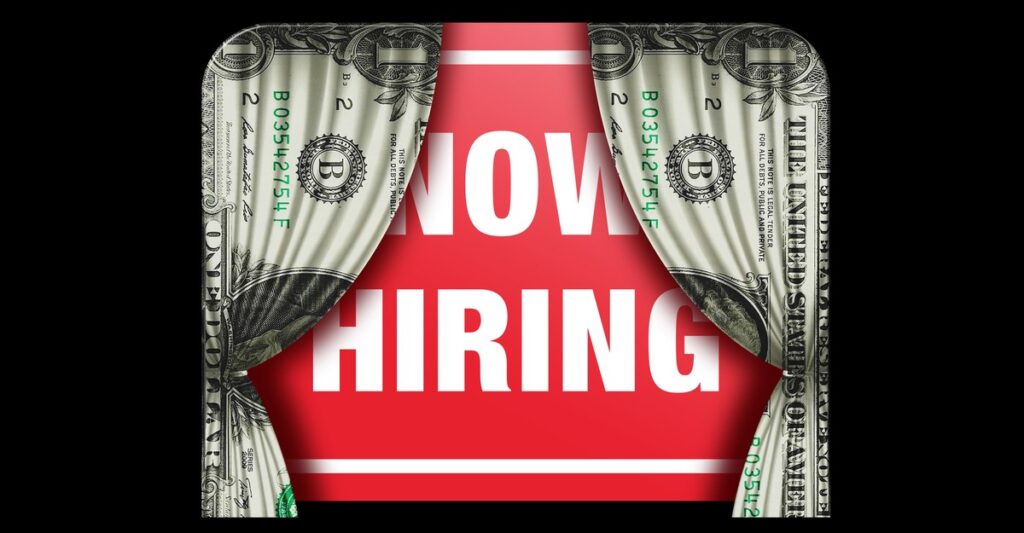 Ida Tin wanted to study art at college when she accidentally landed herself a place on a business course – she then became a pioneer of an industry set to be worth more than $1 trillion.”I literally got lost in the hallways and I ended up in some office where they were waiting for a candidate to do [the business course interview],” Tin said as she explained her first steps into the business world.She took the course and later combined her artistic skills with entrepreneurial flair to found a jewelry company, followed by a motorbike tour company, and then in 2012 she co-founded Clue, a menstrual health app that now has 11 million monthly active users.Clue was one of the first period-tracking apps, and it allows users to track their cycles, as well as side effects such as mood, energy levels and eating habits.
Ida Tin wanted to study art at college when she accidentally landed herself a place on a business course – she then became a pioneer of an industry set to be worth more than $1 trillion.”I literally got lost in the hallways and I ended up in some office where they were waiting for a candidate to do [the business course interview],” Tin said as she explained her first steps into the business world.She took the course and later combined her artistic skills with entrepreneurial flair to found a jewelry company, followed by a motorbike tour company, and then in 2012 she co-founded Clue, a menstrual health app that now has 11 million monthly active users.Clue was one of the first period-tracking apps, and it allows users to track their cycles, as well as side effects such as mood, energy levels and eating habits.
As Clue gained users, Tin realized there wasn’t much of a community around women’s health services and products, despite more and more coming onto the market.”They felt like kindred spirits and I was trying to figure out how we spoke about ourselves and our products … So I really wanted something that could pull it together under one umbrella,” Tin told CNBC.And so, in 2016, the name “FemTech” was born.The term now covers all types of technology and innovation designed to address health issues that solely, or disproportionately, impact women’s health, from menstrual cycle tracking apps and sexual wellness products to cardiovascular medical devices and mental health therapies.
Giving FemTech its own name helped the community of people working in the sector to find each other, but also gave investors reassurance about where they were putting their money, Tin said.”It’s a little easier to say you’re invested in FemTech than, you know, a company that helps women not pee their pants … It kind of bridged the gap over to men as well, which was important, still is important, because so many investors are men.” “And I have to say I have been surprised but I really see how it’s resonating globally,” she added.
The FemTech industry will be worth an estimated $1.186 trillion by 2027, according to forecasts by the non-profit organization FemTech focus.The estimate defines the market as products and services designed to tackle 97 health conditions that “solely, disproportionately, or differently affect girls, females, and women.” That covers 23 subsections of women’s health, including menopause, bone health, abortion, brain health, cardiovascular and reproductive health.From bodysuits that use heat and vibrations to alleviate period pains to wearable technology that helps breast cancer patients to recover, there isn’t a lack of creativity and innovation in the FemTech space, but many of the businesses aren’t getting the capital they need to fully get off the ground, Tin says.”We’re still getting peanuts to play with when you see the amount of money that has been invested into, you know, e-scooters, car sharing … They just have so much money to build very impressive companies.I haven’t seen that kind of funding yet at all,” Tin said.”We have to prove ourselves so hard along this journey,” she said.
“We’ve raised a lot of money and you know, comparably, we’ve done well.But I think we’ve been underfunded all along, honestly.” More than 80% of FemTech startups have a female founder, according to trend forecasting agency Ultra Violet Futures, and it’s widely documented that women-founded companies garner less funding.In 2022, companies founded by women received just 2% of the total capital invested in venture-backed startups in the U.S., according to PitchBook data for February.There are big voids in the market when it comes to technology designed around women’s health, according to Tin.”Menopause is a huge gap, contraception is still a gap.And I feel like we are ready for a leap in the depth of technology,” she said.”I still wonder why I don’t know the makeup of my nervous system in my pleasure areas, like I know it’s technologically possible, but why is it not a consumer product? Why don’t I have a really good sense of my hormonal changes over the course of my life? I still don’t have any predictive analytics.When am I going into the menopause?” “These are all problems we can use more advanced technology to solve.
I would love to see that and I’m not quite seeing that yet,” Tin added.Research is certainly being carried out across the women’s health sphere, for example, studies at the University of Colorado are looking at how blood testing can predict when a woman will reach the onset of menopause two years before it happens, but technology ready for widespread usage is some way off.There is also a strong business case to be made for developing products in this area.For example, global productivity losses can add up to more than $150 billion annually due to unsupported women leaving the workforce at the peak of their career, or when many women experience pregnancy, perimenopause (the transition phase into the menopause) and menopause, according to Ultra Violet Futures.
Tin stepped down as Clue’s CEO in 2021 just after the company’s birth control app received FDA approval as a medical device.”I could see that the things that I would have had to learn to really serve the company were things I’m not that good at, and I was not so interested in a lot of very serious operational stuff and that didn’t excite me as much,” Tin said.”If you don’t think you can serve well enough or you’re not the best one to serve, then it’s good leadership to go, absolutely,” she added.Audrey Tsang and Carrie Walter took over as Clue’s co-CEOs, while Tin is continuing to work with the company as its chairwoman and writing a book about her experiences in the world of FemTech..
